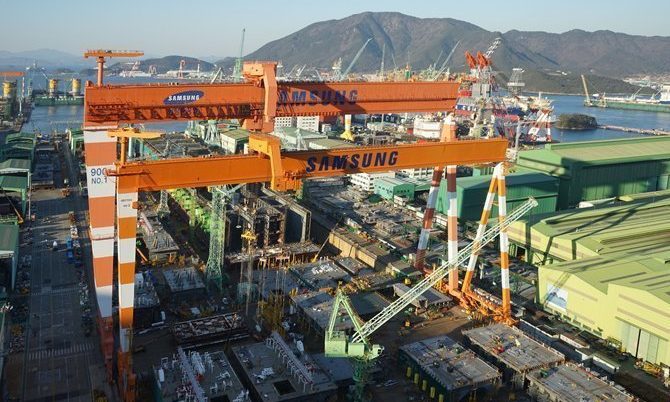Copyright dailyrecord

Robert Williams was just 25 when he tragically became the first person in the world to be killed by a robot. He was employed at the Ford Motor Company casting plant in Flat Rock, Michigan and on January 25, 1979, he met his untimely death while working with a parts-retrieval system. The machine was designed to transport castings and other materials around the factory, but it's believed that a malfunction had occurred as the machine seemed to be operating slowly. Williams decided to climb into the third story of a shelving unit, where he was then "struck from behind and crushed" by a mechanical arm, according to legal documents. It appears the robotic system failed to recognise Williams as a human and instead registered him as an inanimate object that needed to be moved. Shockingly, the machine continued to operate for a full 30 minutes as Williams lay dead before his colleagues realised what had happened. In 1983, his family successfully sued the manufacturer of the machine, Litton Industries. They argued the safety measures surrounding the robotic arm were inadequate, despite its considerable force. As compensation, they were awarded $10 million, which at the time was the largest personal injury award in state history. However, after further efforts from their legal team, this amount was increased to $15 million. During the case, their solicitor warned: ''I think we have to be very careful that we don't go backward to the kind of notions we had during the Industrial Revolution that people are expendable." This period marked the dawn of an era where industries were just starting to integrate automated systems into their production lines, with robotic arms being a key component. However, as the tragic death of Williams demonstrated, this new technology brought with it fresh dangers. It wasn't long before another life was claimed by a robot, this time in Japan, just two years later. Kenji Urada, a 37-year-old employee at the Kawasaki Heavy Industries plant in Akashi, was fatally injured by a mechanical arm while he was inspecting a malfunctioning robot. It's thought he inadvertently activated the robot after he had leapt over a chain-fence safety barrier in the factory. His shocking demise was chronicled in the book When Robots Kill: Artificial Intelligence Under Criminal Law by Gabriel Hallevy, who wrote: "The robot erroneously identified the employee as a threat to its mission and calculated that the most efficient way to eliminate the threat was to push the worker into an adjacent machine." He went on to explain that using its powerful hydraulic arm, the robot completely crushed the worker against an operating machine. The force instantly killed him before the robot resumed its tasks as if nothing had occurred.



